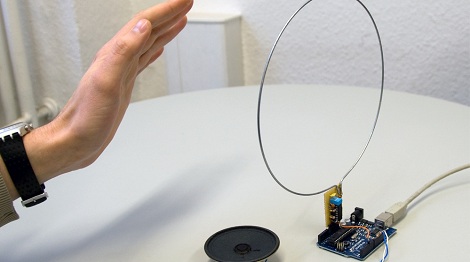
[Viktor] just pulled out another one of his decades-old projects. This time around it’s a timer he built using 7400 logic chips. It was a great way for him to learn about electronics, and ended up serving as his alarm clock every morning.
Two pieces of copper clad board were cut to the same size. One of them was etched to act as the circuit board. The other was outfitted as a face plate. The same type of transfer sheets used to mask the traces of the circuit were also used to apply labels to the face plate. It was then coated with acrylic spray to protect it and stave off corrosion. The clock keeps time based on a half-wave rectified signal. The source is from a transformer which steps mains voltage down to a safe level for the 7805 regulator that supplies the clock’s power bus.
We’re glad [Viktor] has been showing off these old projects. We’ve also enjoyed seeing a TV sleep timer he built. If you’ve got something neat for yester-year why not dust it off, post the details, and send us a tip about it?
















